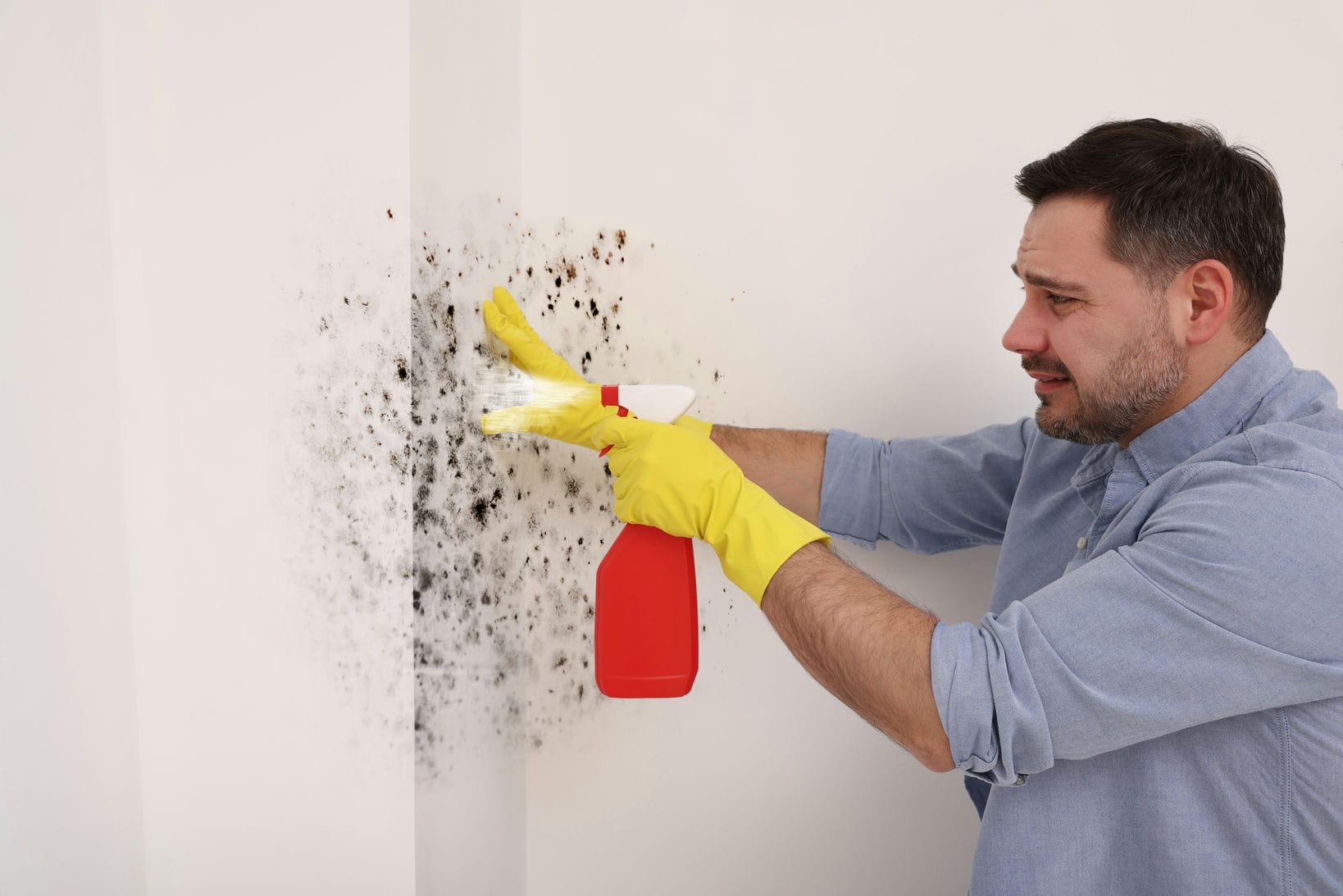Cleaning walls and hard surfaces is an essential part of maintaining a clean and healthy living space. Whether you’re preparing for a home renovation, getting ready for a move, or simply keeping up with regular cleaning, this guide will help you tackle the task with confidence.
Table of Contents
Preparing Your Space
Before you start cleaning, it’s crucial to prepare your space to minimize the risk of damage and make the cleaning process more efficient. Follow these steps to get your space ready:
- Move furniture: Move furniture away from the walls to ensure that you can reach all areas of the walls and avoid damaging your furniture during the cleaning process.
- Protect the floors: Lay down drop cloths or towels to protect the floors from dust and drips. This will make clean-up easier and prevent any potential damage to your floors.
Dusting the Walls
Dust accumulates on walls over time, especially around vents, corners, and ceilings. To effectively remove dust, follow these steps:
- Use a soft-bristled vacuum cleaner attachment: Attach a soft-bristled brush to your vacuum cleaner’s hose or extension wand. This will allow you to reach high areas and remove dust without damaging the wall’s surface.
- Long-handled, soft-bristled brush: If you don’t have a vacuum cleaner with a soft-bristled attachment, use a long-handled, soft-bristled brush to gently dust the walls.
- Electrostatic dusting cloths: For a chemical-free option, use electrostatic dusting cloths to attract and remove dust from the walls.
Start at the ceiling and work your way down to the baseboards, ensuring that you cover all areas of the wall.
Cleaning Painted Walls
Painted walls require gentle cleaning to maintain their appearance and prevent damage. Follow these steps to clean painted walls:
- Prepare a cleaning solution: Mix 1 tablespoon of soap per 4 cups of water in a bucket or bowl. This gentle solution will effectively remove dirt without damaging the paint.
- Use a soft sponge: Dip a soft sponge into the cleaning solution and wring it out until it’s damp, but not soaking wet.
- Wipe down the wall: Gently wipe the wall with the damp sponge, working the soap into the dirt. Be sure to rinse the sponge frequently to avoid reapplying dirt to the wall.
- Rinse with a clean sponge: Once you’ve cleaned the wall, rinse it with a clean sponge and water. This will remove any soap residue and leave the wall clean and fresh.
- Dry with a clean, dry towel: After rinsing, use a clean, dry towel to wipe away excess water and prevent water stains from forming.
Cleaning Marks and Stains
Marks and stains on walls can be frustrating, but they’re often easy to remove with the right products and techniques. Here’s how to tackle common types of marks and stains:
Grease and Oil
Grease and oil stains can be removed with a cleaning solution of water and mild dishwashing liquid soap. Dip a soft cloth or sponge into the solution, wring it out, and gently clean the stained area. Rinse with a clean, damp cloth and dry with a soft, lint-free towel.
Crayon and Marker
For crayon and marker stains, use gentle cleaning wipes, like Behr Swipes Interior Wall Wipes, or a diluted solution of liquid dishwashing soap and warm water. Gently rub the stained area with the cleaning solution and a soft cloth or sponge. Rinse with a clean, damp cloth and dry with a soft, lint-free towel.
Stubborn Marks
For stubborn marks, try a DIY paste of baking soda and toothpaste. Apply the paste to the mark, let it sit for 10 minutes, and then gently remove the markings and leftover debris with a soft cloth or sponge. Rinse with a clean, damp cloth and dry with a soft, lint-free towel.
Cleaning Wallpaper
Wallpaper requires special care to clean without damaging the surface. Follow these steps to clean wallpaper:
- Use a dry sponge: Gently rub the wallpaper with a dry sponge to remove dust and dirt.
- Wallpaper cleaning dough: If the wallpaper is still dirty, use a cleaning solution of water and mild dishwashing liquid soap and a soft cloth or sponge. Gently rub the wallpaper, being careful not to saturate the surface. Rinse with a clean, damp cloth and dry with a soft, lint-free towel.
- Absorene: For a chemical-free option, use Absorene, a cleaning dough that gently removes dirt and grime from wallpaper.
Maintaining Cleanliness
Regularly cleaning your walls will help maintain their appearance and prevent the buildup of dirt and grime. Here are some tips for maintaining cleanliness:
- Vacuum or dust walls: Regularly vacuum or dust walls, especially around vents and in the corners. This will help prevent the buildup of dust and dirt.
- Seasonal cleaning: Clean your walls at least once a year to maintain their appearance and prevent damage. Higher-sheen paint finishes, like eggshells, provide durability and scrub ability, making them a better choice for families with young children.
- Safety: Always turn off the electricity if you are washing a wall with an outlet or electrical switch.
Frequency of Cleaning
Cleaning your walls at least once a year is the best way to maintain your paint job and keep your living space clean and healthy. Regular cleaning will also help you spot any potential issues, like peeling paint or water damage, before they become major problems.
By following these steps and using the right products and techniques, you can effectively clean your walls and hard surfaces, leaving your living space fresh, clean, and inviting.






